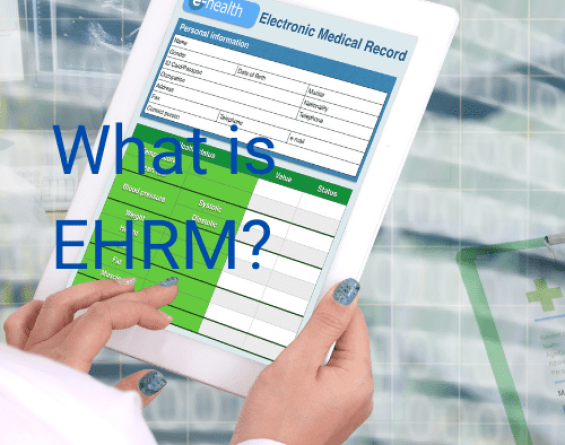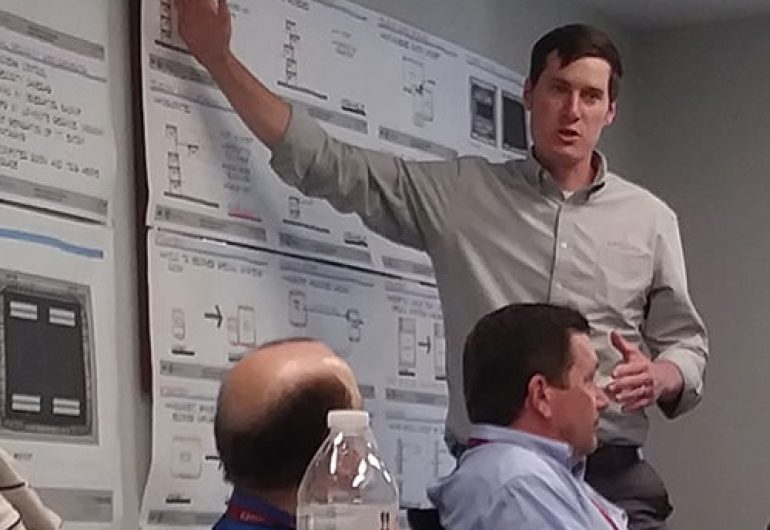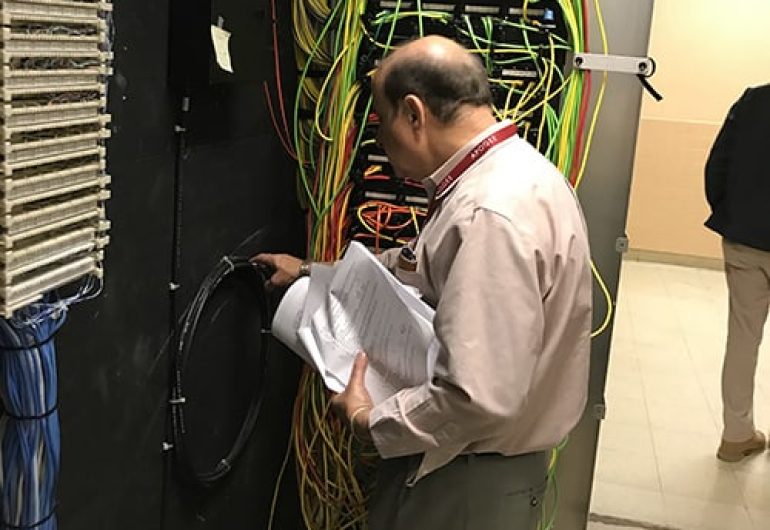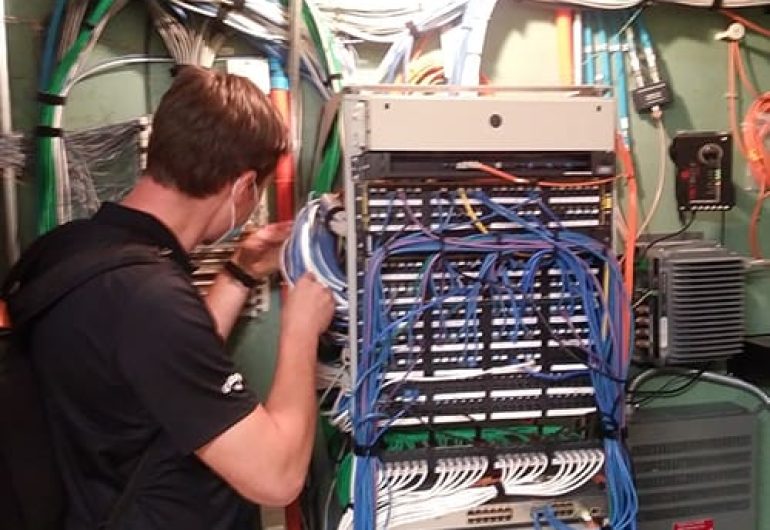Farewell & Goodbye: Lessons Learned Over a Lifetime of Cost Estimating
June 30, 2025

By Cullen S. Keen, AIA, ACHA, EDAC, SEPS
Healthcare Planner / Architect
When I was first asked by our Electrical Department Manager, Josh VandenEnde, to run a design charrette for an Electronic Health Record Modernization (EHRM) project, what went through my mind was “Why would you need an architect specializing in healthcare planning for that?” How little I understood at that moment of the criticality for proper planning in such an effort.
Several EHRM projects later, it has thoroughly sunk in. These are not just technology projects. They require rapid assessment of hospital functional and infrastructural fabric to discover where we can displace existing functions with the least impact on hospital operations while still meeting the current guidance for technology. They need team effort among various disciplines.
The VA recognizes the challenge of these dated systems and the impasse it will cause as the agency deploys a new robust electronic health record program. Therefore, VA recently mandated that all facilities perform substantial upgrades to the telecommunications infrastructure. These EHRM upgrades will reset the telecommunications infrastructure to a modern system that can support an ever-changing landscape of technology for years to come with redundancy and resiliency to protect against both natural disaster and deliberate damage.
But what is really involved in an EHRM infrastructure upgrade? Why is it a multi-discipline issue? Here’s a not-so-brief summary of what is involved:
Achieving the new infrastructure standards for EHRM is “invasive” to say the least. The technology side alone is dauting and disruptive to the facility. Essentially every space in the facility will be touched as part of an EHRM project. New cable to every data outlet. New fiber runs through the hospital. New duct bank throughout the campus. All while supporting hospital operations.
The planning puzzle requires analysis of the existing functions to discover locations for the new rooms that provide adequate coverage for the hospital with minimal disruption of functions. Apogee has established an analysis approach that we present to VA stakeholders in an interactive review. As those locations are confirmed or adjusted, we begin surveying the existing conditions at each location.
Each new telecommunications room is a miniature project tied to the broader technology project. Since most campuses will have 30 to 50 new rooms, that’s a lot of “projects” to design. Successfully pulling all these individual pieces together into a cohesive design package depends on collaborative effort among the design team.
EHRM is ambitious, a challenge for both the VA stakeholders and the multi-discipline design team, but the end will support technological improvements for years to come.


